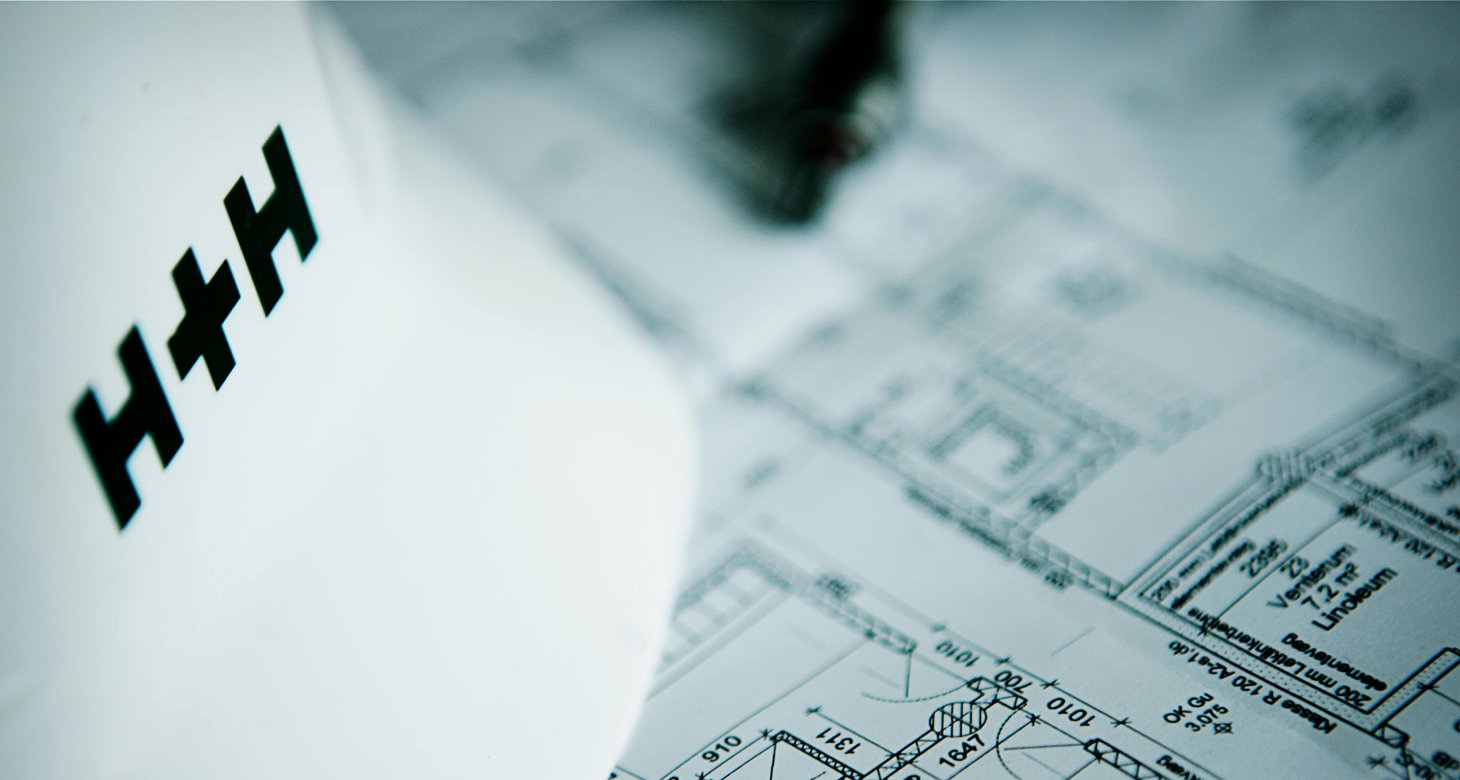
With BIM being widely touted as the future of the construction industry, Mark Oliver offers his opinion.
Simply put, my own non-expert understanding of Building Information Modelling (BIM) is that it provides a multi-dimensional repository of shared structured information to design, build and then run a built environment asset. In theory BIM ensures all parties involved are working off the same hymn sheet, cutting waste, saving time and cost and making life easier for everyone.
At H+H we are busy developing BIM objects for our products and solutions for innovators to download from our website and upload into their models. In the case of a wall built using our aircrete storey high wall elements, the BIM model can hold information about the length, breadth and thickness of each element, the material density, compressive strength, thermal performance and sound insulation properties as well as how it is installed, how it can be finished and how you fix things into it. This is all good stuff.
However, I believe that motivating individual industry sectors to change their working behaviours will be critical to the success of BIM. Most people agree that we need greater levels of collaboration in our industry – there have been a series of studies recommending this since 1994 when the Latham report was published.
We have got better, but the fragmented nature of our industry continues to make it challenging and there is still a long way to go. Can a technology like BIM make the difference we hope it will?
Perhaps an analogy would be useful at this stage. I am not very good at speaking Italian, so when I used to go to Italy on holiday I would take a phrasebook with me. Now, I have a PDA and can use ‘Google translate’. Does it make me any better at communicating with Italians? Probably not, what matters more is my desire to converse with them in the first place, the means I use to do so makes less difference. Might we find the same with BIM?
Whilst it has its challenges, I do believe that BIM is an important breakthrough technology and as a product manufacturer I do believe that its adoption will bring benefits. Many times we have worked to a drawing but turned up on site to find that things didn’t fit at the interfaces. Constructing a building in virtual reality a few times before doing so for real on site will undoubtedly cut out a lot of waste and re-work.
Moving forward, I think getting everyone together in the flesh first before going away and using BIM to design and plan would be good idea. This means all parties meet in person and understand the overall aim before going back to begin work at their computer terminals. This immediately fosters a great spirit of collaboration which can be built upon further if the team are actually co-located when working on their computers rather than back in their own offices.
When I have seen this work well, the different professions “hang their hats at the door” and then work together to solve problems and develop solutions in a collaborative way. I witnessed this recently with the H+H involvement in the Technology Strategy Board sponsored AIMC4 project, researching how to build homes to the carbon emission of level 4 of the Code for Sustainable Homes.
We hosted days when different manufacturers came to our premises to discuss in practical workshops and “sand-pits” how different products could work best together as a whole solution. We, an aircrete block manufacturer, worked with an insulation supplier, a window manufacturer and a sealant firm to work out how to best integrate our products to form the most airtight and thermally efficient fabric solution.
BIM may not be the silver bullet for revolutionising the construction industry but it could be an excellent energiser if it catalyses behavioural change. With Government fully behind it, several clients mandating its use across all of their new projects and a number of main contractors using it as a source of competitive advantage, it will be extremely interesting to see how the uptake of BIM progresses.